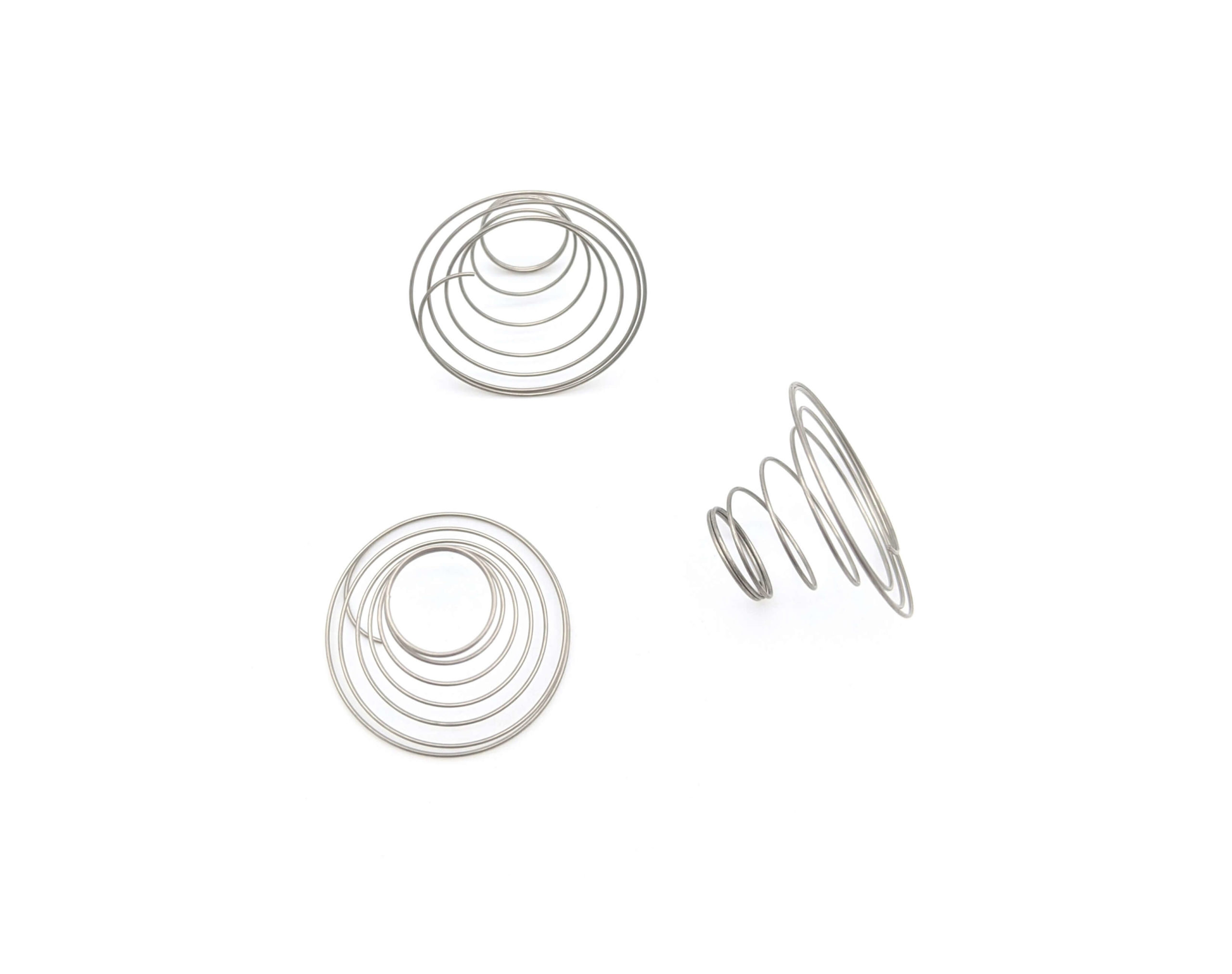Get unique, complex parts easily. No matter your requirements, Chaoyi Spring creates hard-to-produce coil springs and wire forms.
Let us help you create the custom wire form you need, from S-hooks and J-hooks to utility hooks and more.
We work closely with customers across a wide range of industries, helping them design and manufacture made-to-order parts.
Why choose Chaoyi Spring? We prioritize customer-focused collaboration, modern equipment and the latest technology to make your parts per print.
Find the information and guidance you need, from measuring a spring to learning about materials, placing an order and much more.
Springs are ubiquitous in our daily lives, from the simple act of opening a door to the intricate mechanisms of cars and machines. While they seem straightforward, compressing a spring


Springs are ubiquitous in our daily lives, from the simple act of opening a door to the intricate mechanisms of cars and machines. While they seem straightforward, compressing a spring can be a daunting task for those unfamiliar with its intricacies. This comprehensive guide delves into the fundamental principles of spring compression, providing insights into the tools, techniques, and safety precautions that are essential for success.

Before embarking on the journey of compressing a spring, it's crucial to grasp the underlying principles. Springs are designed to store and release mechanical energy. When compressed, they resist the force applied, storing potential energy. This stored energy is then released when the spring is allowed to expand to its original length.
The amount of force required to compress a spring is determined by its spring constant (k). A higher spring constant signifies a stiffer spring, requiring greater force for compression. The spring constant is typically measured in units of newtons per meter (N/m). The relationship between force (F), displacement (x), and spring constant (k) is expressed by Hooke's Law: F = kx.
The selection of appropriate tools is paramount for safe and efficient spring compression. The most common tool is a spring compressor. These tools are designed to hold the spring in a compressed state while allowing you to perform other tasks, such as assembling or disassembling components.
There are various types of spring compressors available, each suited for different spring sizes and applications. Some common types include:
Besides a spring compressor, you may also need additional tools depending on the specific application, such as:
Compressing a spring can be dangerous if proper safety precautions are not taken. Here are some essential safety guidelines to follow:
The method used to compress a spring will vary depending on the specific spring type, size, and application. Here are some common techniques:
Spring compression finds applications in various industries and everyday life. Some common examples include:
Compressing a spring is a skill that requires understanding the principles, tools, techniques, and safety precautions involved. By following the guidelines outlined in this guide, you can safely and effectively compress springs for various applications. Remember to always prioritize safety and choose the appropriate tools for the task. With practice and caution, you'll master the art of compressing a spring, ensuring success in your projects.
Mastering spring compression is a valuable skill for anyone involved in mechanical engineering, manufacturing, or even home repairs. By understanding the basics, utilizing the right tools, and practicing safe techniques, you can confidently tackle spring compression tasks. Remember, always prioritize safety and seek professional assistance when handling large or high-pressure springs.
Browse some of the custom wire forms and springs that we manufacture. Don’t see what you need? We specialize in made-to-order products that meet your application requirements.
Visit Our GalleryNeed a custom wire form or coil spring? We make it work. Fill out the contact form and a representative will respond within 1 business day. If you have a PDF or CAD file, you can submit to request a quote.